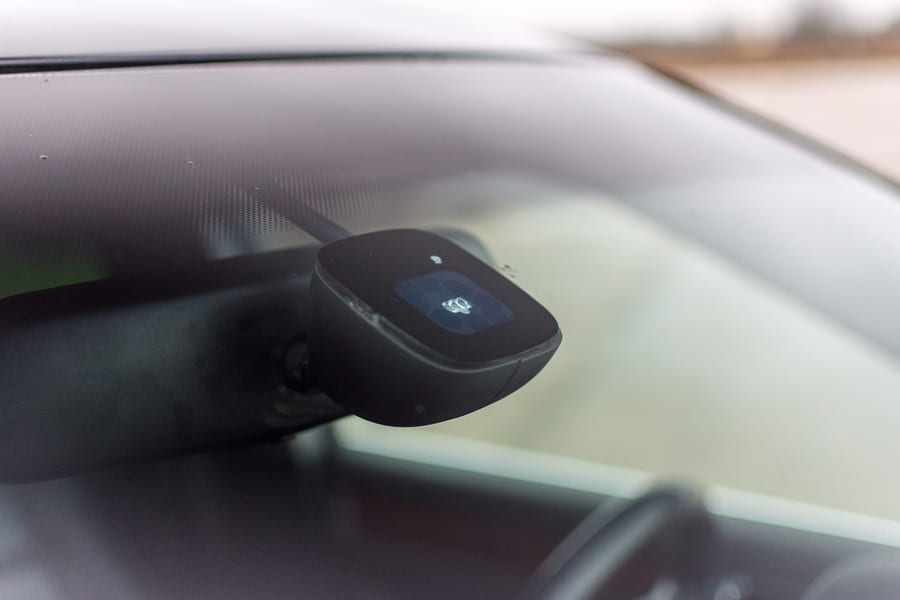
Car rain sensors are ingenious devices that detect the amount of rain falling on a car’s windscreen and then adjust the operation of the windscreen wipers accordingly. They are an additional layer of security for bad weather that help ensure drivers are not caught unprepared. But how do they work and can their functionality be improved? Let’s find out below.
History
Believe it or not, automotive rain sensors have been around for decades. The first sensors weren’t integrated into the system controlling the windscreen wipers, however. Instead, they were found in select Cadillac convertibles and served to automatically close the convertible top and raise the windows in case of a downpour. The sensors most commonly used today are derived from a design invented and patented by the Australian Raymond Noack in 1978. Cadillac would equip certain cars with rain sensors again in 1996, but this time to activate the windscreen wipers instead of the top.
How rain sensors work
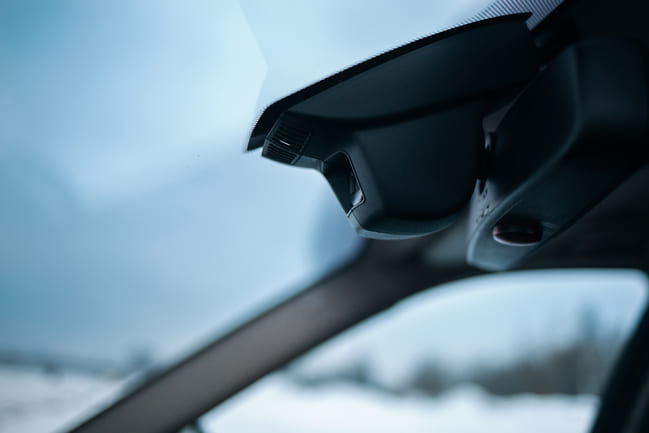
Most modern rain sensors use total internal reflection to detect whether droplets of rain are marring the surface of the windscreen. This works along the following principle: a constant beam of infrared light is projected onto the windscreen from inside the car at an angle of 45 degrees. This beam is read by a device. The values received remain constant as long as the glass is dry. Once the windscreen starts to become covered in raindrops, the way the light is reflected and refracted changes, as water behaves differently than glass does. The more rain covers the surface of the windscreen, the less light is reflected back to the sensors. This difference is measured by the aforementioned device, which then sends the appropriate signal to the windscreen wiper system to start it or adjust the speed at which it works.
How automatic windscreen wipers work
There is little difference in the construction of rain sensor wipers from regular ones. The difference lies in how the system controlling them operates. Standard wipers are activated by the driver, usually via a stalk on the steering column. Said stalk also operates the intensity, that is the frequency and speed with which the wipers wipe the windscreen.
Cars with automatic systems and rain detectors may have a similar lever, but don’t require the driver’s input to activate. Instead, the stalk serves as a manual override to activate or shut off the wipers. The system operating the wipers operates by interpreting signals from the sensor to determine how intensely the windscreen is covered with water and then adjusting how fast the wipers flit across the glass. Since the sensor constantly sends and receives new signals, the operation can be adjusted in response to changing conditions nearly instantly. Rear windows rarely have these sensors for automatic wipers, as they are not as critical for safe driving as the front windscreen is and don’t receive as much rain. However, some cars come equipped with sensors, particularly ones that activate while reversing.
Drawbacks
While having a system that automatically adjusts the intensity with which water is prevented from obstructing the driver’s view is convenient and allows said driver to keep one detail off their mind, there are problems rain sensors can run afoul of and a few points of failure opened up by using a system that relies on sensors and electronics to operate properly.
The future of rain sensors
Rain sensors have been available on the regular market for cars since the 1990s at least, but are only becoming more common with the turn of the century. Even with rain sensors being implemented more frequently, using them for rear windows has not caught on as much and remains a field for innovation. Similarly, combining the functionality of the rain sensor with that of a light sensor allows for a dedicated system that not only automatically activates the wipers, but also turns on the headlights in dim light, fog, or darkness. This adds an extra layer of safety, particularly in jurisdictions where lights are required and conditions in which it can be hard to tell if the lights are even on. Companies such as Hella already manufacture such combination sensors. On the other hand, Tesla has experimented with using the cameras installed in its cars to replace the functionality of the sensor. Removing the need for an additional system helps reduce the complexity of future car designs.
Overall, the future of rain sensors looks bright. And if not, they will turn on and wipe away any issues.



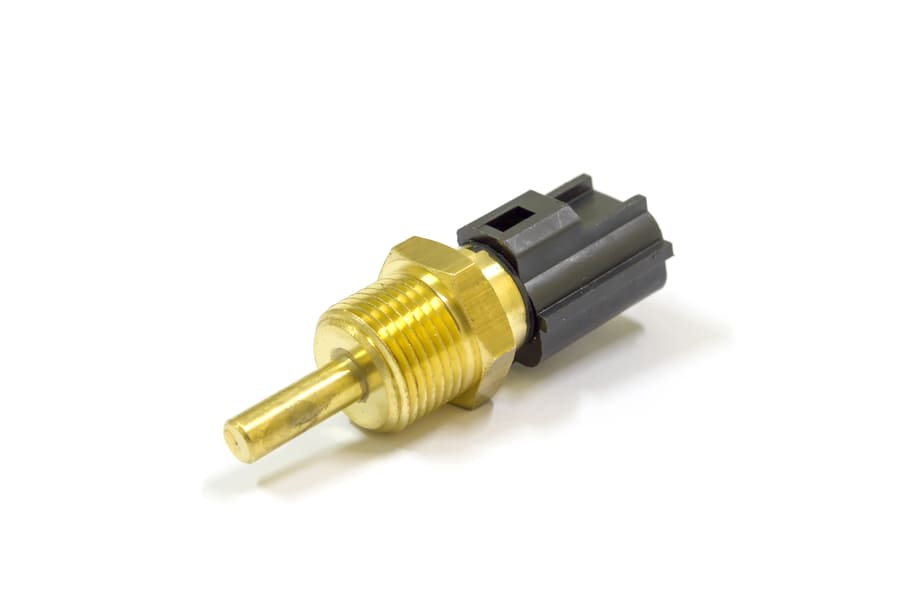
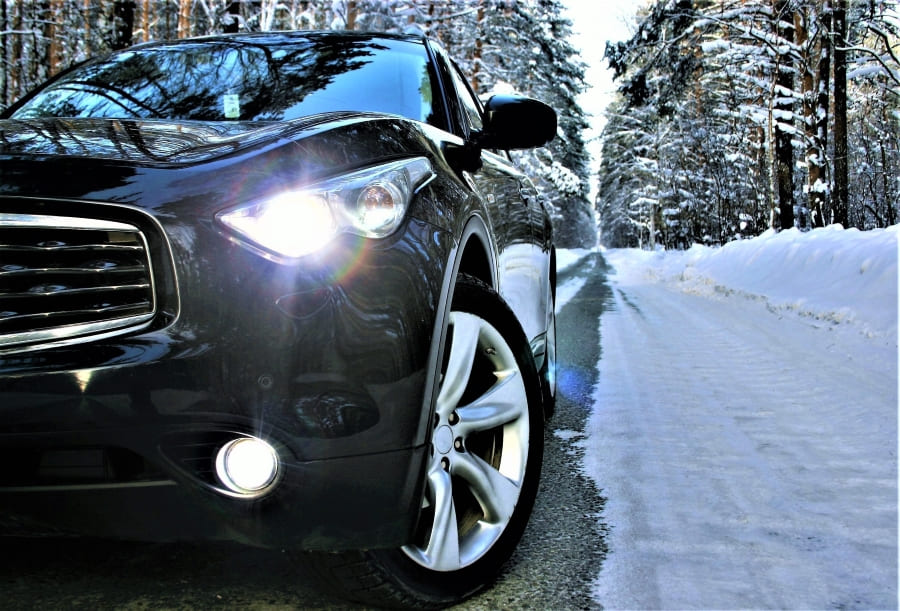
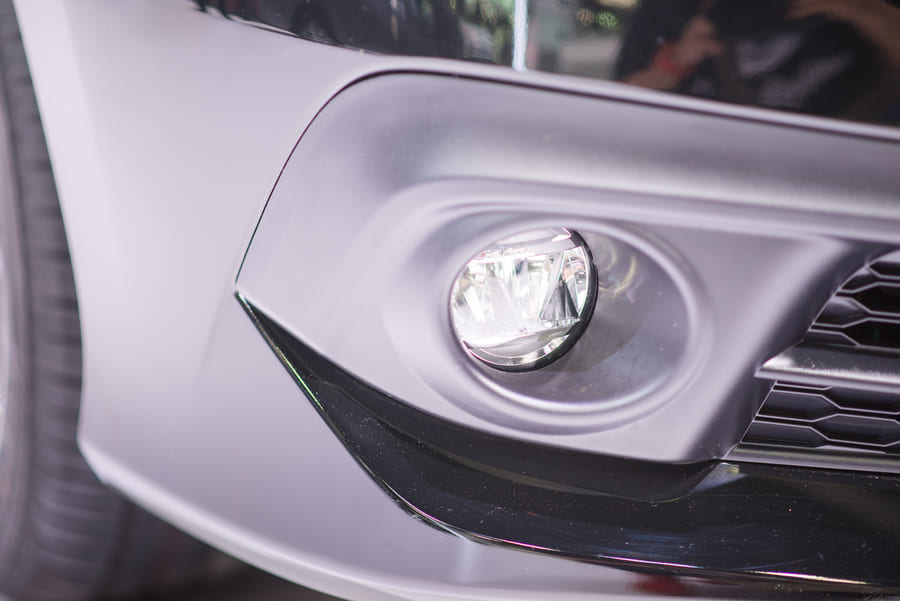
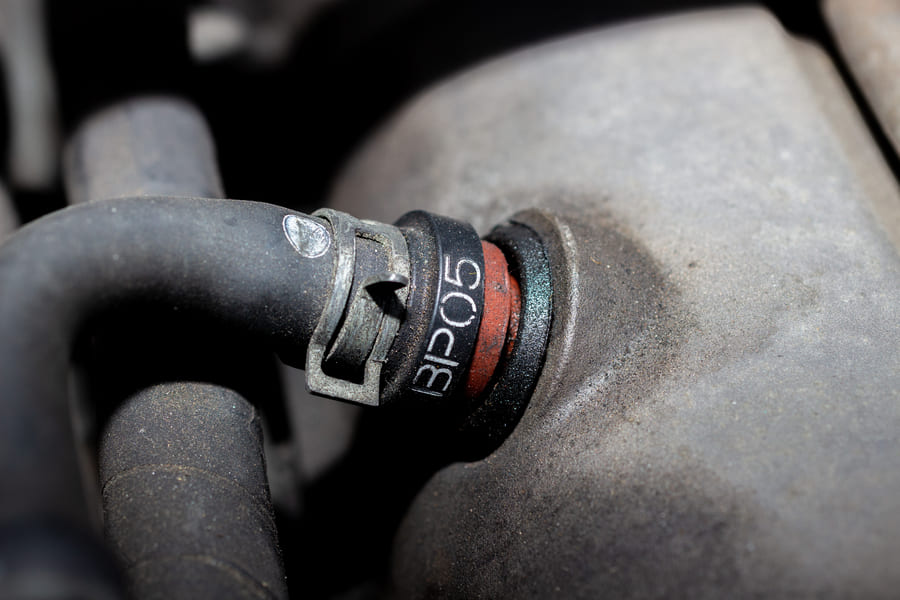
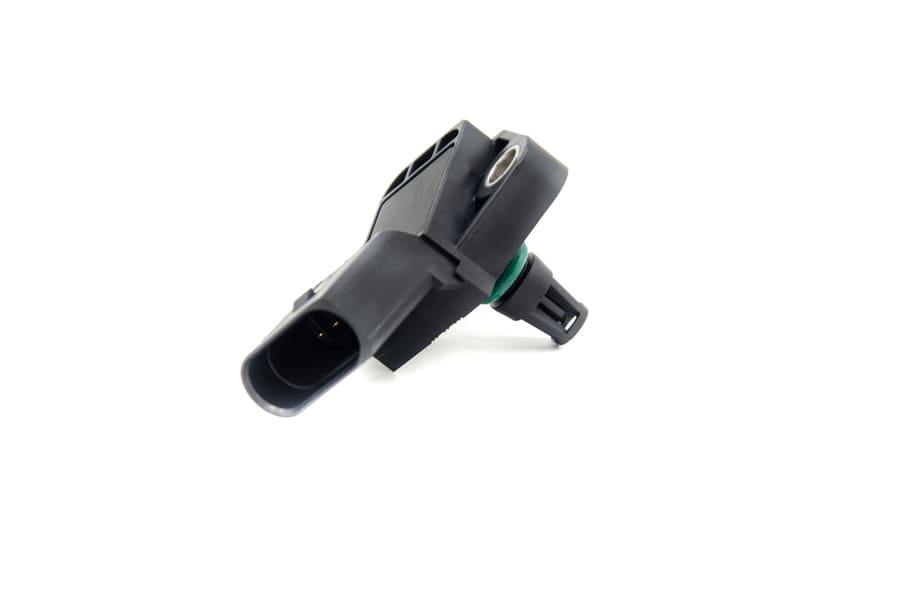
Comment